Hydration plays a vital role in ultra-endurance sports. For ultra-athletes, needs are increased by water loss through sweat. Let's find out how to prevent dehydration and maximize performance.
Why do ultra-athletes need to hydrate?
The body requires water for a multitude of reasons and functions. Blood is anaqueous substance (composed mainly of water) whose primary role is to transport nutrients throughout the body. A poor water status will disrupt the body's efficiency in its various functions:
- Transport of oxygen to muscles orenergy to cells via the bloodstream
- Excretion ofwaste via urine
- Regulation of body temperature, dependent on sweating
- Numerouschemical reactions in the body
What are the signs of dehydration in ultra-marathon runners?
Physical activity (intensity, duration, etc.) and weather conditions (temperature, humidity, sunshine, etc.) considerably increase water requirements, and therefore the risk of dehydration.
The most common signs of dehydration are as follows:
- Thirst
- Dry mouth
- Vomiting
- Breathing difficulties
- Poor concentration
- Dizziness
- Muscle fatigue
- Nausea
- Chills
- Headaches
- Muscle cramps
As water loss is increased by sweat, ultra-endurance athletes are at greater risk ofdehydration andhypernatremia.
How to spot these signs?
During an ultra-endurance event, the quickest and easiest way to prevent dehydration is tomonitor the color of your urine. Remember to keep an eye on them throughout the race, to avoid the onset of symptoms.
The figure summarizes the different hydration levels according to urine color.
- Good hydration: levels 1-2-3
- Slight dehydration: levels 4-5-6
- Dehydration: levels 7-8

What are the consequences of dehydration for trail and ultra trail runners?
Exercise-induced dehydration in excess of2% of body weightsignificantly impairs endurance performance.
The consequences for athletes are as follows:
- Reduced blood volume, and therefore less oxygen supply to the muscles.
- Rapid and severemuscle fatigue, with the potential for cramps.
- Increasedheart rate andbody temperature.
- Significant increase inthe use of glycogen (the body's energy source) by the muscles, leading to more rapid depletion of energy reserves.
- Difficultyperforming and/or inability to complete the event (e.g. in the case of heat stroke).
In extreme cases, this can lead toheat stroke, which can be fatal if not treated in time.
What are the water requirements of trail and ultra runners?
In addition to urine monitoring, the best way to prevent dehydration is to hydrate before, during and after training or an event.
You want to consume 5 to 7 ml of fluids / kg of body weight per hour. For example, a 70 kg athlete would need to drink 350 to 500 ml of fluids per hour before the race.
During the race, it's vital to drink enough to replace the water lost through sweat. This amount varies according to weight, gender, duration of activity and weather factors.
The most accurate way to know how much to drink is to calculate the weight lost during exercise. For example, if during a 4-hour workout an athlete has lost 1 kg of weight, this means he or she has lost 1 L of water. If the same athlete consumed 1.5 L of fluids during the workout, this means that the next time he/she will have to consume 2.5 L of fluids (1.5 L consumed + 1 L lost) to meet all his/her needs.
If you don't want to do the math, studies have shown that, on average, endurance ultra-athletes have a fluid requirement of around 500 ml / h during an event of 100 km or less, and needs increase to 750 ml / h during events over 100 km. During an endurance race, it's important to stay hydrated with water andsports drinks to cover water andelectrolyterequirements throughout the race.
It's vital to stay hydrated after your race to optimize recovery. The rule in this case is to drink 1.5L of liquid for each kilogram of weight (or each L of water) lost. So, our 70 kg athlete who lost 1 kg of weight during his 4-hour training session would need to consume 1.5 L of post-exercise fluids.
Quick summary :
|
When? |
How much? |
What? |
|
2 hours before the event |
350 - 500 ml / hour |
Water |
|
During the race |
500 ml à 750 ml / per hour of exertion in frequent sips |
Water |
|
Post-race needs |
-weight loss x 1.5 = amount of fluids to be taken * If no weight loss, drink according to thirst |
Water |
In conclusion:
- Calculate yourindividual needs during your training sessions
- Hydrate optimally to maximize your chances of achieving your race goals.
- Drink500 to 750 ml/hour in frequent sips (every 15 minutes, for example).
*Read more about electrolytes in this article.
Sources
American college of Sports Medicine. Amereican college of sports medicine position stand. Exercise and fluid replacement.Med Sci Sports Exerc2007;3992):377-390.
Marielle Ledoux nutr.dt.p.,et al (2009), Nutrition sport et performance, collection géo plein air, 281 p.
Winger JM et coll. Beliefs about hydratation and physiology drive drinking behaviours in runners.Br J Sports Med 2011;45(8):646-649.
Ryan M. Sports Nutrition for endurance athletes, 3e éd. Boulder : velo Press, 432 p.
Nicholas B. Tiller et coll. Int Soc Sports Nutr. Position Stand: nutritional considerations for single-stage ultra-marathon training and racing.J Int Soc Sports Nutr. 2019;16 :50.
Ministère de la santé Nouvelle-Écosse (2021, novembre),Athlètes — L’importance d’une bonne hydratation.https://811.novascotia.ca/health_topics/athletes-limportance-dune-bonne-hydratation/?lang=fr


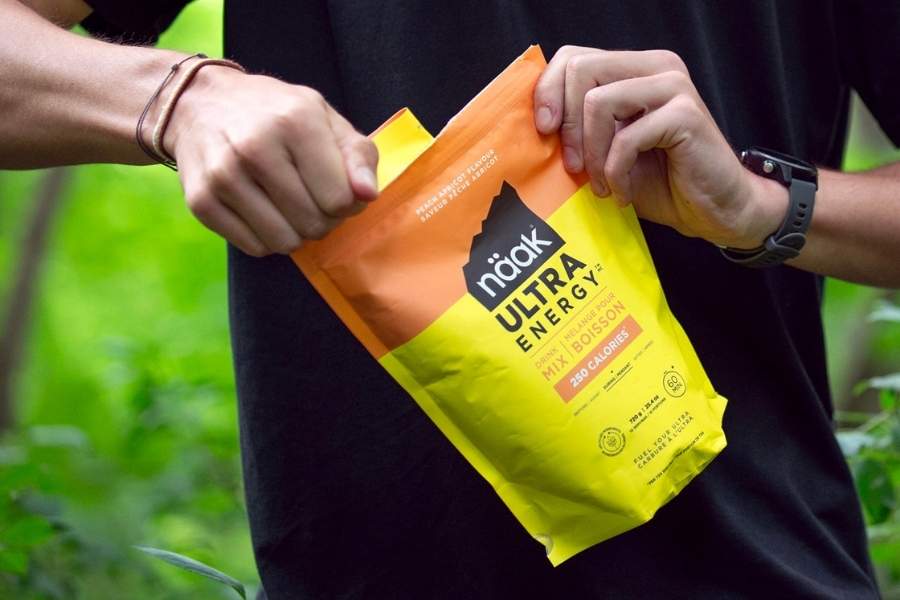
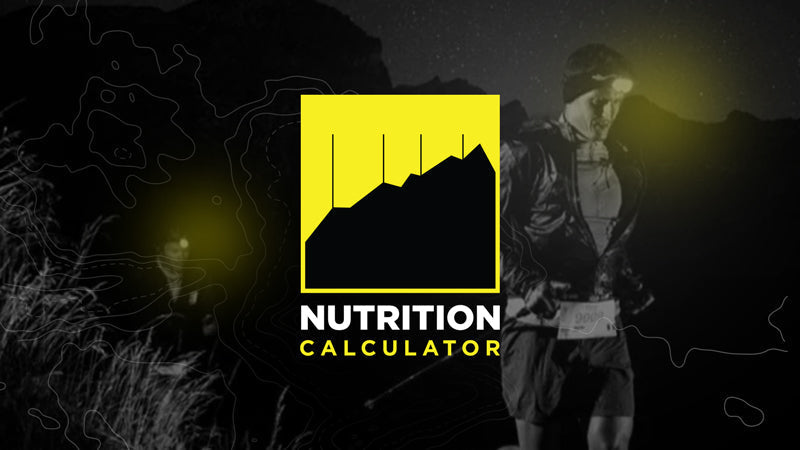
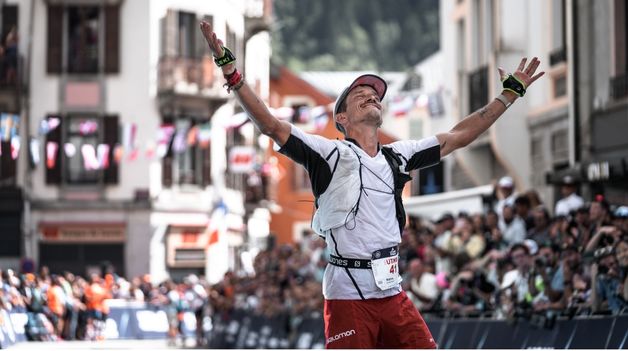


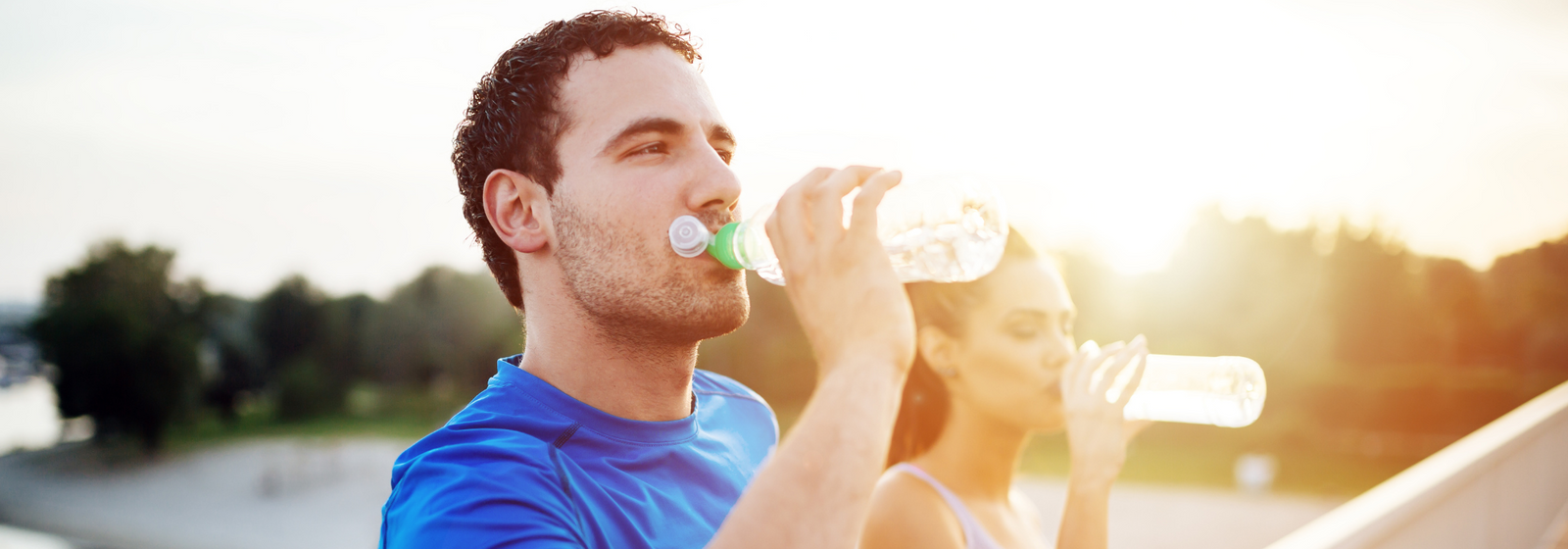
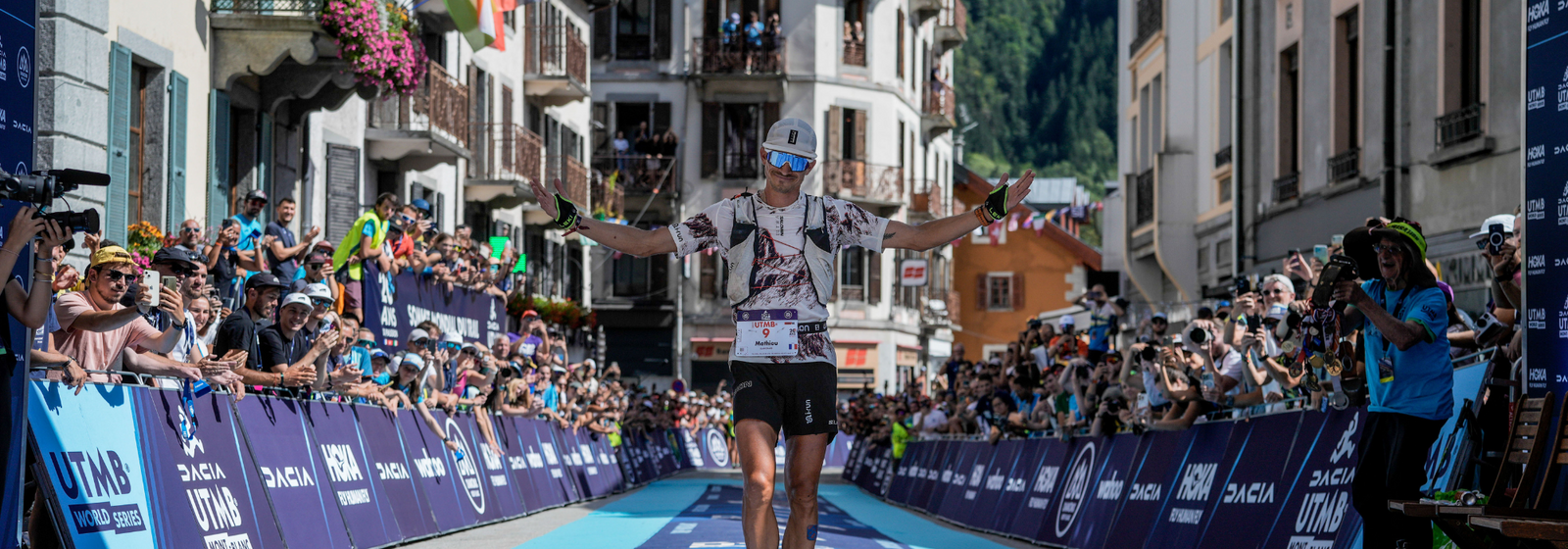

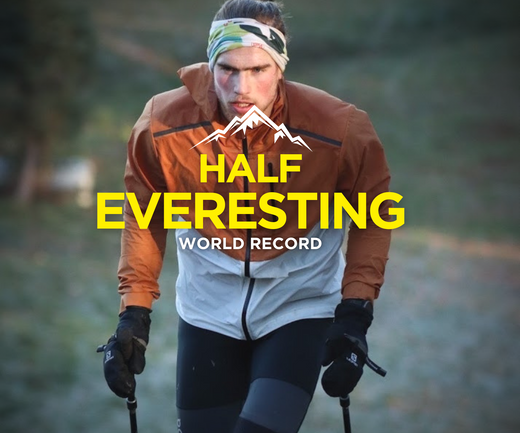


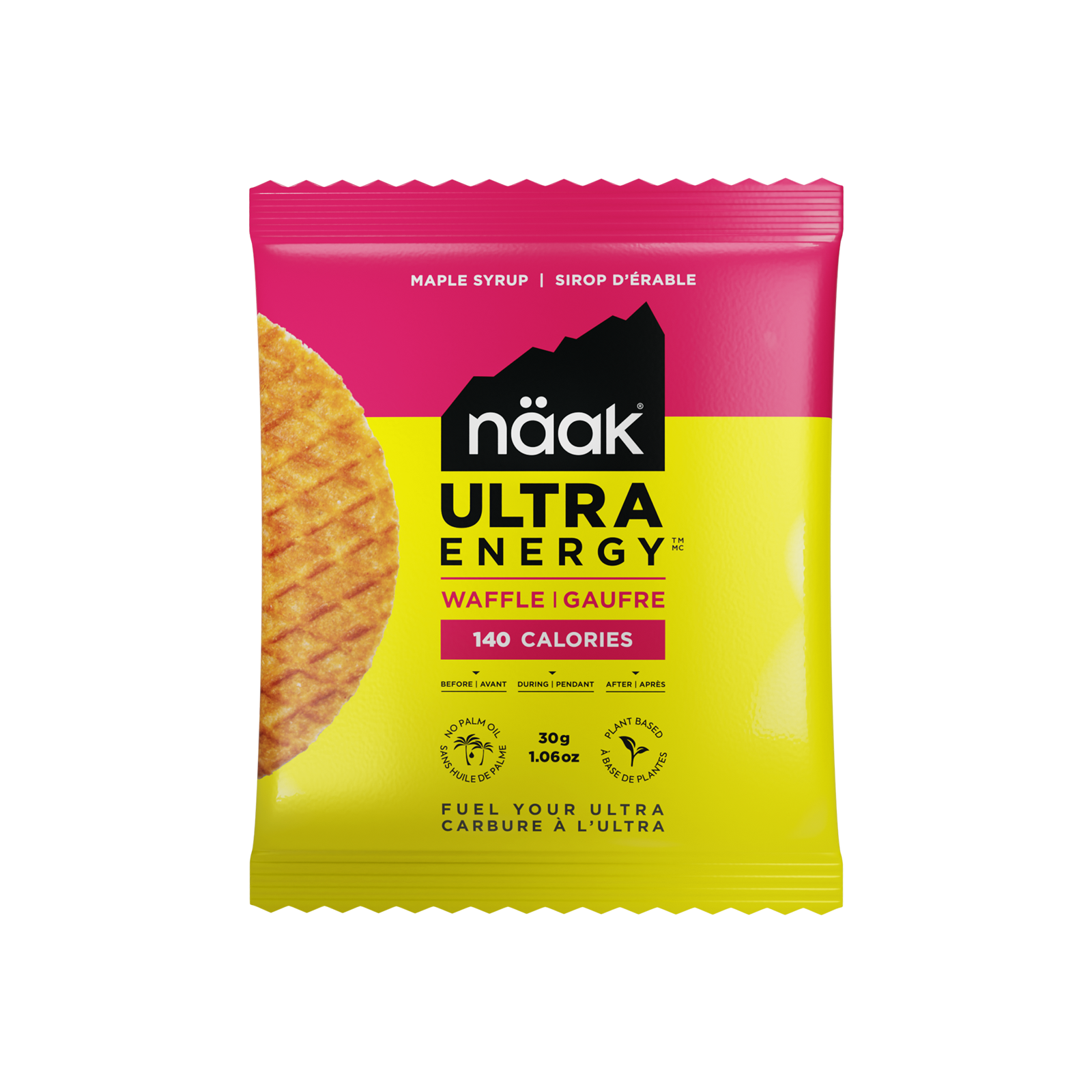
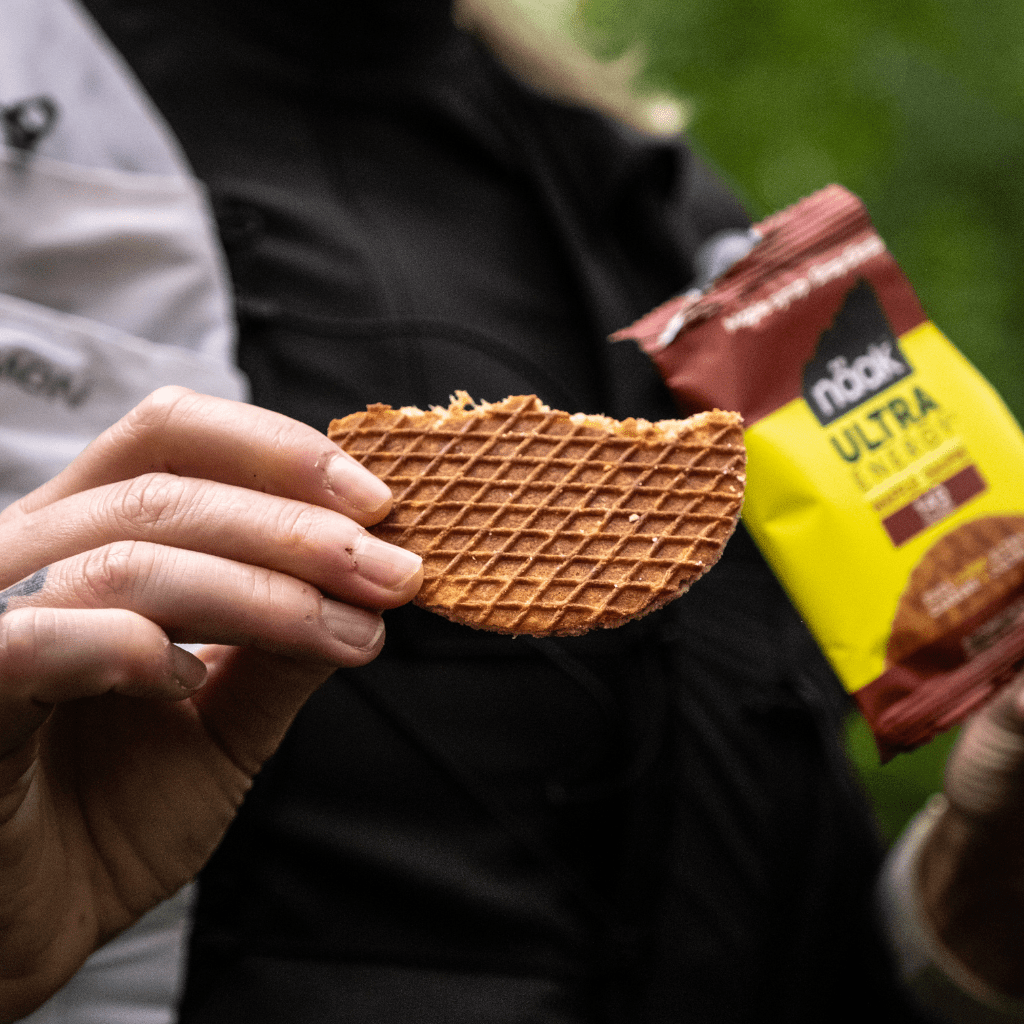
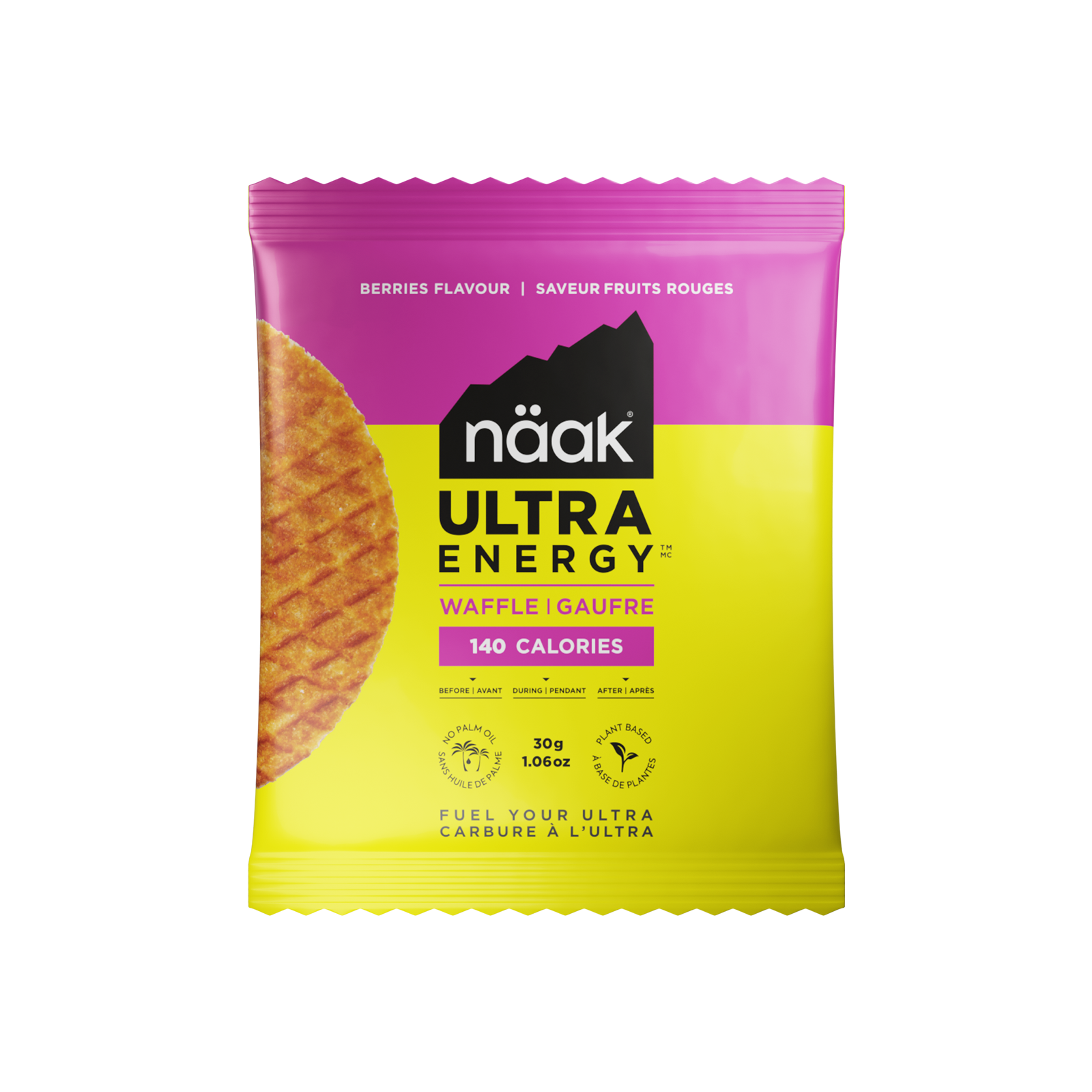


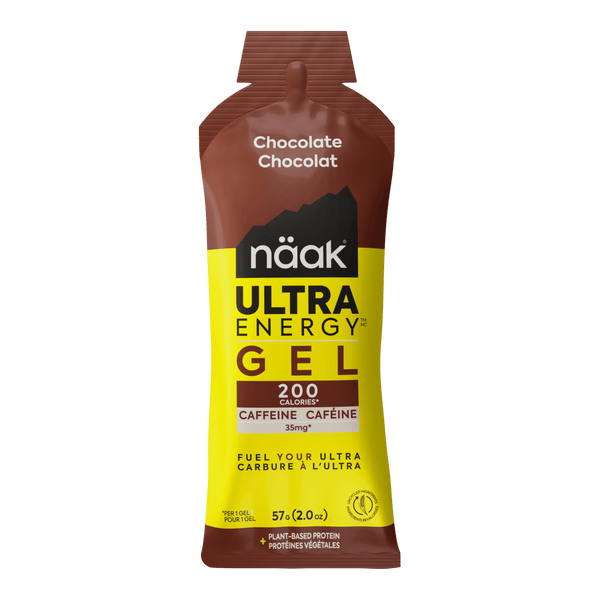
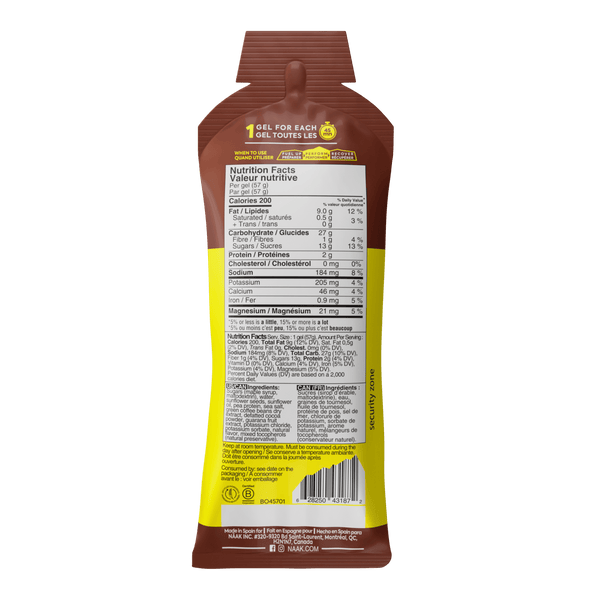
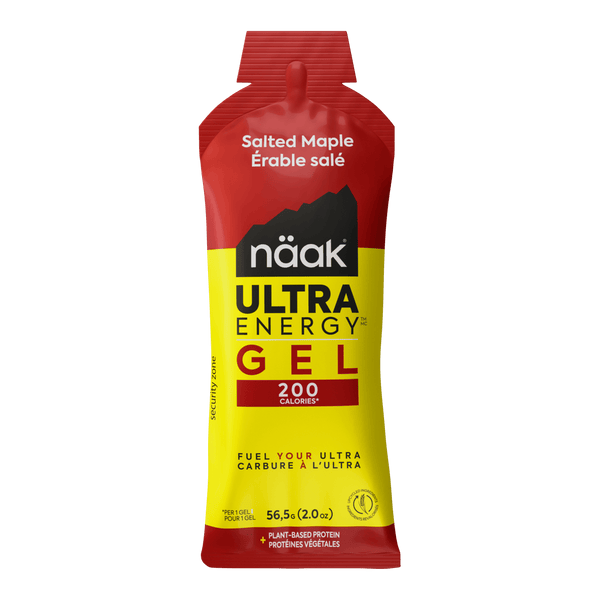
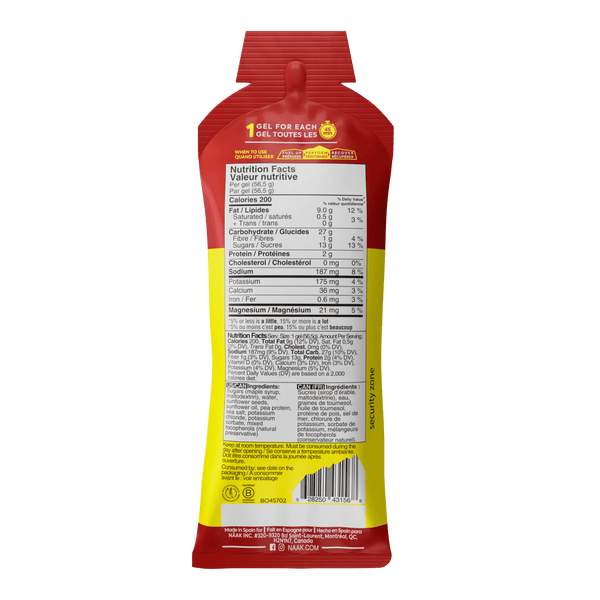
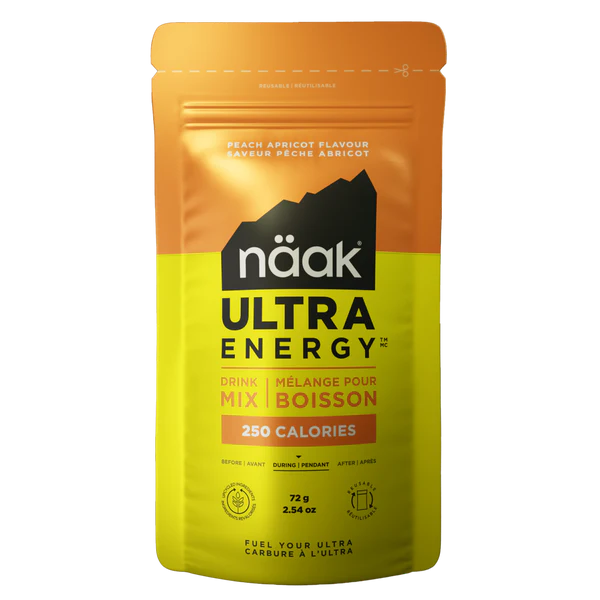
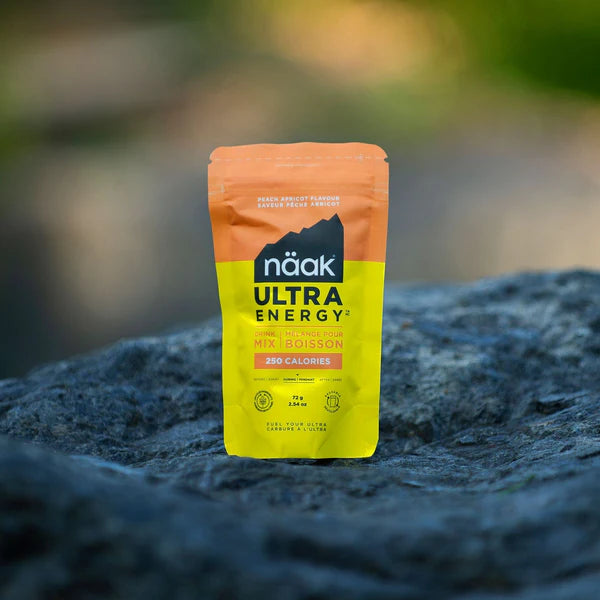


Leave a comment (all fields required)